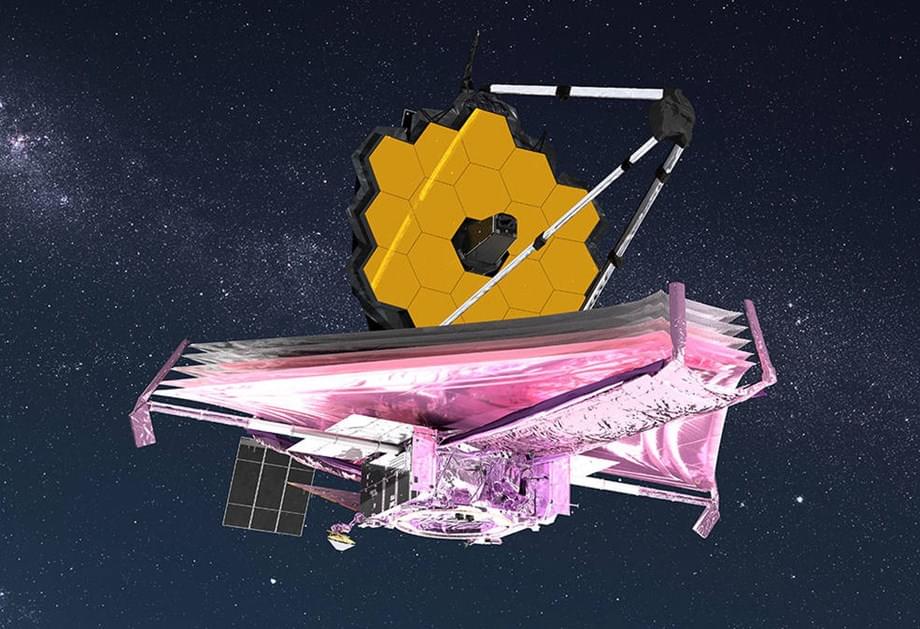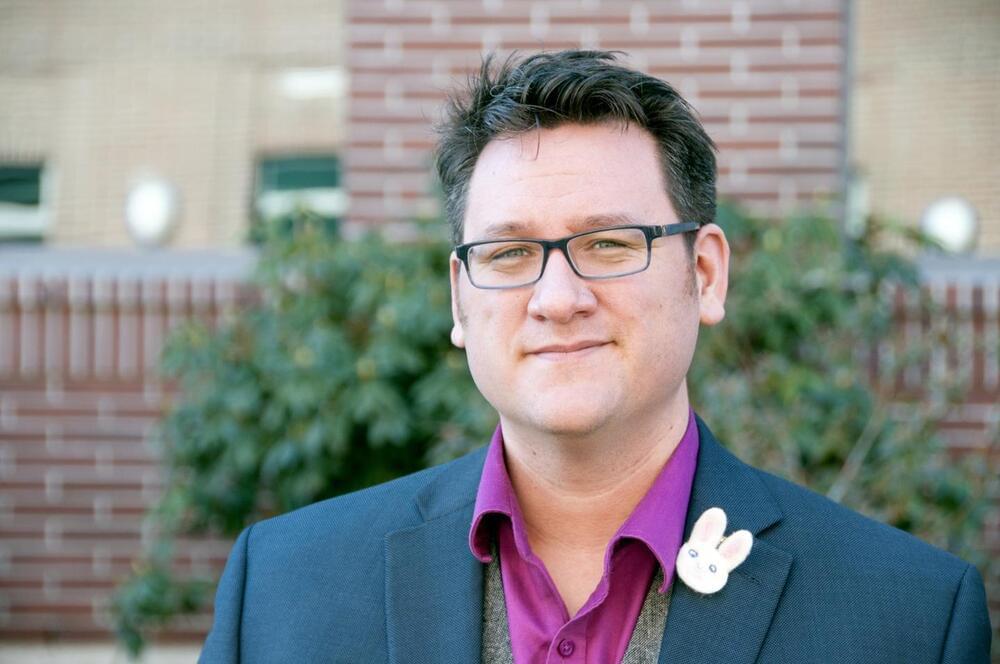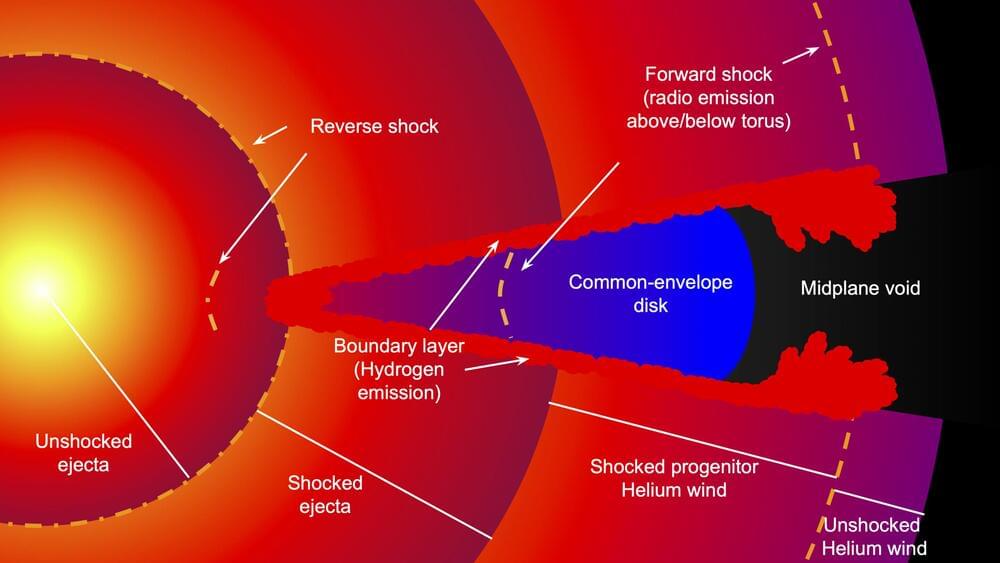We have always wondered whether other intelligent life exists in this galaxy, but for the first time we have the technology to help answer that question. With artificial intelligence, researchers have renewed the hunt for alien life in space and also begun to wonder if an entirely new life form has been born on earth.
The Age of A.I. is a 8 part documentary series hosted by Robert Downey Jr. covering the ways Artificial Intelligence, Machine Learning and Neural Networks will change the world.
0:00 Looking For Alien Life.
4:23 SETI
10:52 Time Traveling.
15:25 Inner Life.
21:21 A-I-A-I-O
25:13 Ethical Challenges.
27:52 Alien Pulses.
32:12 What’s Next




